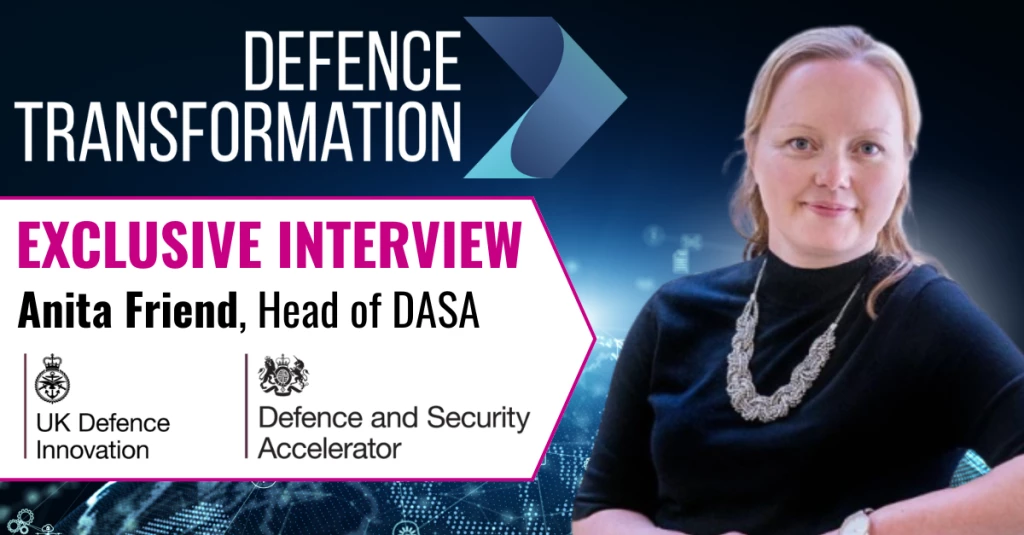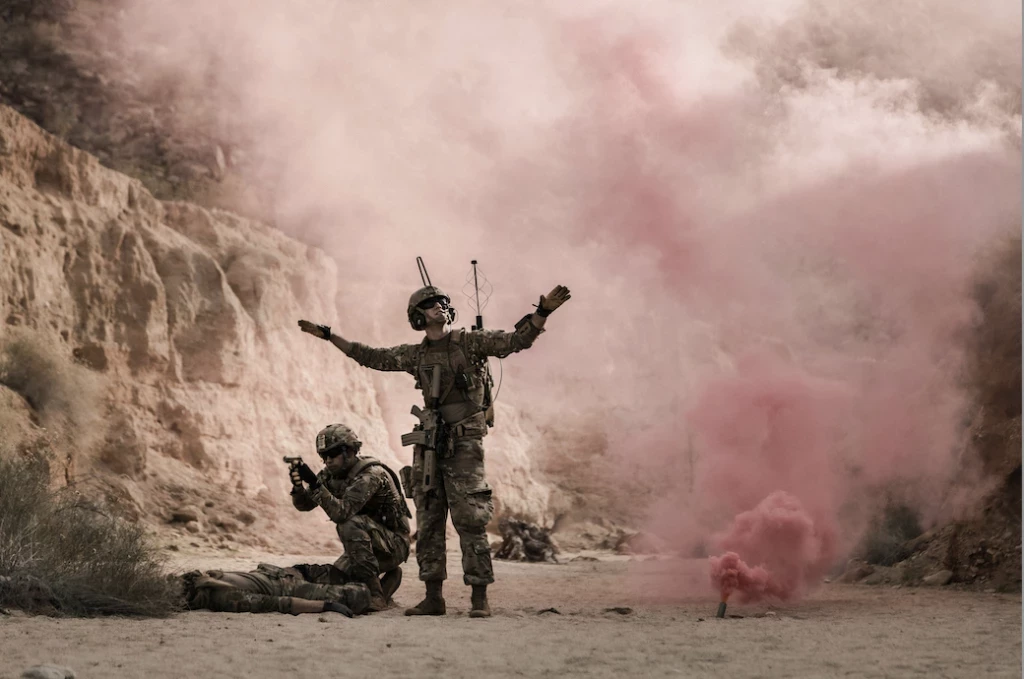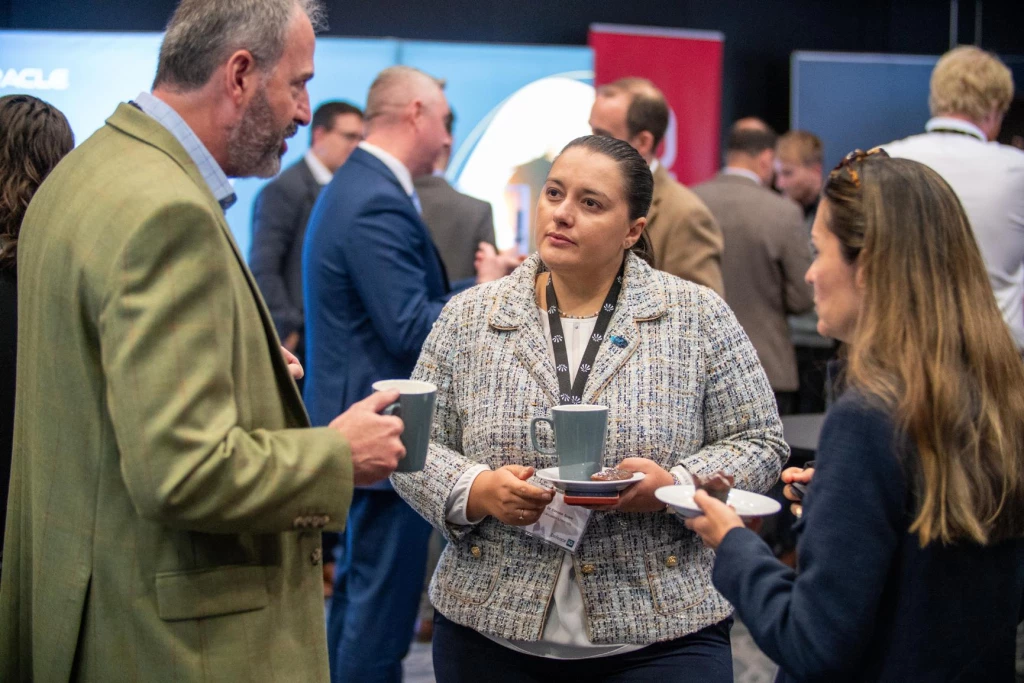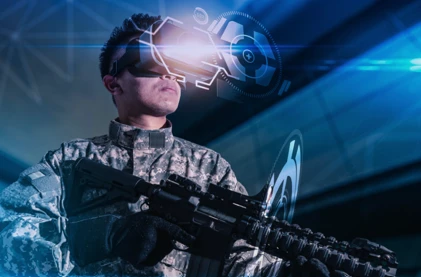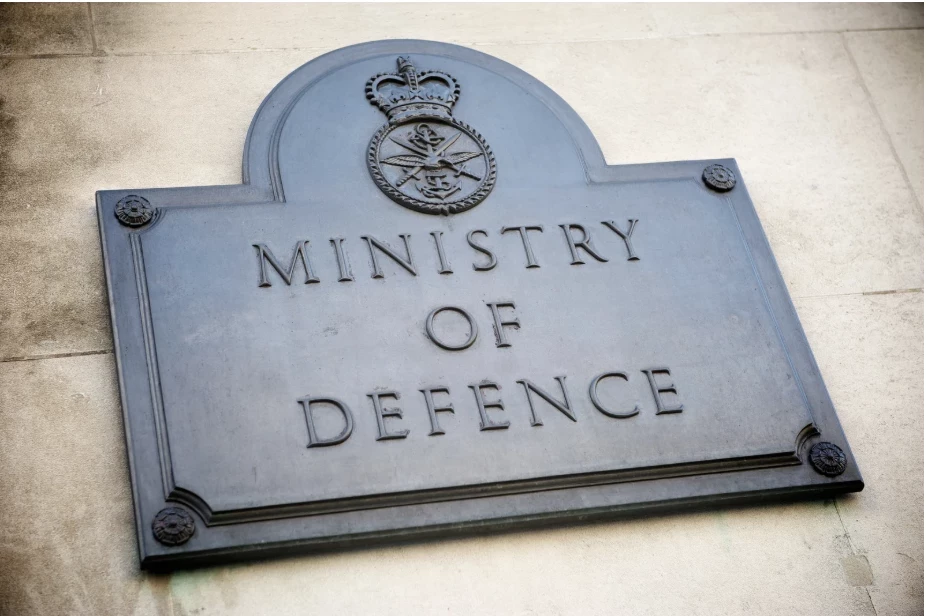VBS STE: The future of simulated training
From simulating the whole world to high fidelity artificial intelligence. co-CEO of BISim, Peter Morrison, speaks to us about their new iteration of Virtual Battlespace and the US Army's Synthetic Training Environment
Add bookmarkVBS STE: One world terrain and combined arms training
Be sure to check out part two of our interview: BISim on how simulated training is shaping future soldiers
Bohemia Interactive Simulations (BISim) is a global simulation software company that enables desktop tactical training. Their flagship product, Virtual Battlespace 3 (VBS), is used in over 50 militaries around the world, offering realistic scenarios, faithfully recreated vehicles and weapons and interoperability with other virtualisation solutions.
VBS encompasses collective training in battle simulation centres with up to 100-200 computers connected together. Each soldier operates a computer and plays through a scenario from the first person perspective, which can range from clearing a building to securing a convoy. The end goal is to enhance communication, decision making and strategic thinking.
BISim recently announced a new product specifically required by the US Army called VBS STE (Synthetic Training Environment). Peter Morrison, co-CEO of Bohemia Interactive Simulations, joins Defence IQ to discuss these latest enhancements and how their products are helping military personnel improve their cognitive abilities.
Unfamiliar with VBS? Check out the video below
Defence IQ: Thank you for talking with us today, Peter. Let’s start with the growth of Virtual Battlespace. What have you learned from each iteration of VBS and what separates VBS STE from your other products?
Peter Morrison: Certainly. It has been a long journey since the original VBS which came out in 2003. Our most recent iteration, VBS 3, has been in use since 2013 and it is still used the world over with no planned end in sight. What we’re releasing to the US Army in 2019 is the new version, VBS STE, which could be considered the fourth iteration of the technology.
Indeed, it’s a very exciting time for us as we’ve just emerged from five-six years of very intense research and development investment from our owners, and all that technology is just coming to market now.
From VBS 1 to VBS 2 and VBS 3, there were steady improvements, but it utilised the same engine each time with slight upgrades. What we’ve done with VBS STE is build the engine from the ground up entirely and the biggest change from VBS 3 to VBS STE is that we now support the entire planet with whole earth rendering and simulation. In addition, there’s a suite of AI technology that we’ve also developed over the last five years which enables realistic and dynamic artificial intelligence.
RECOMMENDED: Virtual reality for defence less about ‘reality’ than results
Defence IQ: Amazing! That seems like quite the jump. How does rendering the whole planet improve the simulation? I would imagine the ability to choose from any terrain is particularly beneficial.
Peter Morrison: Precisely. For example, in VBS 3 you would build and load a specific terrain area which was limited in scope. In VBS STE, you already have the whole world. So you can just go to Australia or Africa, or wherever you want and create a scenario without doing any terrain development. That’s a huge change.
"The biggest change from VBS 3 to VBS STE is that we now support the entire planet with whole earth rendering and simulation"
Defence IQ: From a training standpoint, larger simulated environments bring their own benefits. For example, you can simulate more realistic armament ranges with regards to armaments like over-the-horizon missiles?
Peter Morrison: Yes, correct. It allows us to meet more training use cases. While VBS 3 is renowned for tank and infantry simulation, it didn’t have a full spectrum support for flight simulation. But we wanted to give our customers the tools to do a lot more. This concept of whole earth rendering is very critical and it simply enabled the technology to be more flexible.
Defence IQ: Rendering the entire planet must be a challenge for moderate and even high-end computers?
Peter Morrison: Indeed. That’s why we’re not just providing a new desktop training product. We’re actually working at providing a cloud-enabled suite. The US Army wants to move its simulation technology onto the cloud. You end up with a system similar to how you use Google maps. You just type a location into a web browser and you go anywhere in the world.
The US Army wants to do that for simulation, with a central terrain repository. And everybody that uses the simulation across the US Army uses the same virtual environment, and this initiative is called the Synthetic Training Environment.
It’s really big news in the US right now. And we’re one of just a small handful of companies that are funded to build prototype technologies related to STE. So, yes, it’s a new version of VBS, but it’s also a lot more, because you’re doing whole earth rendering and simulation, and it utilises cloud technology.
"The US Army wants to move its simulation technology onto the cloud"
VBS STE is not a product that we are about to release on our web store. Eventually, it might become a new broad release VBS, but right now we’re just building it specifically to what the US Army needs.
Defence IQ: Interesting, does cloud technology mean that you can have significantly more assets and humans players interacting at the same time?
Peter Morrison: Yes, that’s correct. We’ll be demonstrating to the US Army early next year, 2.5 million entities, that’s artificially intelligent entities, in this new Virtual Battlespace. And we can do that because of cloud scalability. And of course, we can support many more human participants as a result, effectively supercharging the simulation.
Defence IQ: Is there a limit for human participants?
Peter Morrison: We just don’t know. I mean, all I can say is we’re aiming for thousands of human players. And that’s typical for most massively multiplayer online games. That’s what the target number is. In a way that’s what we’re doing, building a massively multiplayer online game for the military.
Defence IQ: Great! And you mentioned a whopping number of artificially intelligent entities. Over the last few years, how has the artificial intelligence been improved?
Peter Morrison: AI has been a huge problem for many years, and it’s a problem for everybody, in the sense that it’s really difficult to build artificially intelligent forces that think for themselves.
For VBS 1, VBS 2 and VBS 3, we were using what I call game AI, which was the same artificial intelligence that our, at the time, sister company, Bohemia Interactive uses in the Arma series.
[Editor’s note: Bohemia Interactive Simulations was a sister company of Bohemia Interactive until 2012. Bohemia Interactive is a video game development studio and publisher that focuses on realistic military simulation games for commercial audiences.]
While it is good enough for a commercial computer game, when it comes to military tactics, you really couldn’t use it. As a result, the military has to have large numbers of human role players controlling opposing force AI and squad AI.
RECOMMENDED: The Sims: UK MoD influenced by video games
We recognised this problem, and so we started building a new suite for artificial intelligence, around 2013. Just like the engine, we had to rebuild it from the ground up because what the military needs is deterministic and doctrinal artificial intelligence.
Defence IQ: So, what is the major difference between Arma AI and VBS AI?
Peter Morrison: Arma artificial intelligence is made to support the computer game Arma and it just doesn’t apply to military doctrine and it’s almost impossible to modify the AI to make it work.
The AI in VBS is still semi-automated. They still need to be given some indication of what to do. No-one, as far as I’ve seen, has been able to build a reliable fully autonomous artificial intelligence that uses military doctrine. There are just too many variables.
RECOMMENDED: Canadian pilots await future training model
We have built a system called the VBS control AI framework, and it provides a completely new artificial intelligence capability for VBS 3, and also future versions of VBS. It’s still based on behaviour trees, which means that an AI developer needs to create the behaviours.
However, we are creating thousands of behaviours, and our intention is to replace all of the artificial intelligence in VBS 3 existing framework by the end of 2019, which is a huge amount of work. And hundreds to thousands of behaviours.
The end result is a much more believable semi-autonomous force capability. So artificially intelligent units that move in a manner that is as close to doctrine as we can get it. So military users can rely on the AI to be far more realistic than what they have today in VBS 3.
And then through our work with the Synthetic Training Environment, we’re hoping to begin to use machine learning to improve the artificial intelligence. And machine learning is really the great hope for AI developers because we can accumulate a huge amount of data. For example, if we are tracking the actions of thousands of human participants over a period of time, there’ll be a huge amount of data that we can mine and form our artificial intelligence. And that’s really the future I think.
RECOMMENDED: Counter-terrorism goes virtual
The problem with military manoeuvre is that there are so many variables, especially with manoeuvre warfare. There are so many ways to solve a problem. And training the artificially intelligent forces to solve a problem in an intelligent and realistic way that is one of the single biggest hurdles that the military simulation industry needs to overcome.
"Military users can rely on the AI to be far more realistic than what they have today in VBS 3"
Defence IQ: What kind of behaviour types are in the simulation, for example, would an extremist group navigate the environment in a different way compared to a professional armed force?
Peter Morrison: Yes, that’s correct. The VBS control editor enables you to build behaviours for everything. For instance, behaviours for getting out of a vehicle and for firing your weapon. On top of that, you can build more complex behaviours based upon the low-level behaviours. And that’s where you start to get doctrine specific.
For example, getting out of a vehicle is common to all militaries. But the way that the vehicle convoy moves, stops, harbours up, and protects the other vehicles, that’s all very specific to the vehicle type and the country.
A French doctrine will be different to the American doctrine. Which means that these generic behaviours that we’re building will need to be tweaked, but the whole system is made to facilitate that. In fact, a French prime contractor is building a huge number of French behaviours using the VBS control editor. And quite successfully, because that’s what the technology has been built to do.
Defence IQ: Great. And I suppose this level of fidelity will be useful for simulating urban combat, which is likely to become more prominent in the future.
Peter Morrison: It absolutely is. In the old artificial intelligence, the AI routine for moving through open space was different from the AI routine for moving through urban spaces. So you couldn’t have a dynamic and holistic behaviour to clear a group of buildings.
Urban and counter-terror demonstration
With the new VBS control AI, it’s all one and the same. The behaviours don’t care if you’re inside or outside. It will assess what the objective is, where squad-mates are, where the enemy is, and asses areas of potential cover. The end result is smoother behaviours for close quarter’s situations such as room clearances.
"The end result is smoother behaviours for close quarter’s situations such as room clearances"
That said, there are so many danger areas which make urban warfare difficult to simulate. In the real world, clearing a city block might take a day or two because it’s so complex. This is why we still rely on semi-autonomous forces. A human operator in a really complex environment is still required to make decisions at a high level. But we’re getting much better at delivering realistic AI for carrying out those actions.
Defence IQ: What would you say is one of the hardest things to simulate for the AI? For example, realistic sound detection or lines of sight?
Peter Morrison: Good question. I’ll ask our lead AI developer, Martin Kolombo.
Martin Kolombo: I would say it's the "Modelling the abstract thinking a human military commander is capable of when executing a mission." Since the AI doesn't have any abstract thinking, it can only learn a limited rule-set, it cannot currently readily adapt in such a complex environment such as the full battlefield. There are too many variables in command-level AI.
Be sure to check out part two of our interview: BISim on how simulated training is shaping future soldiers













